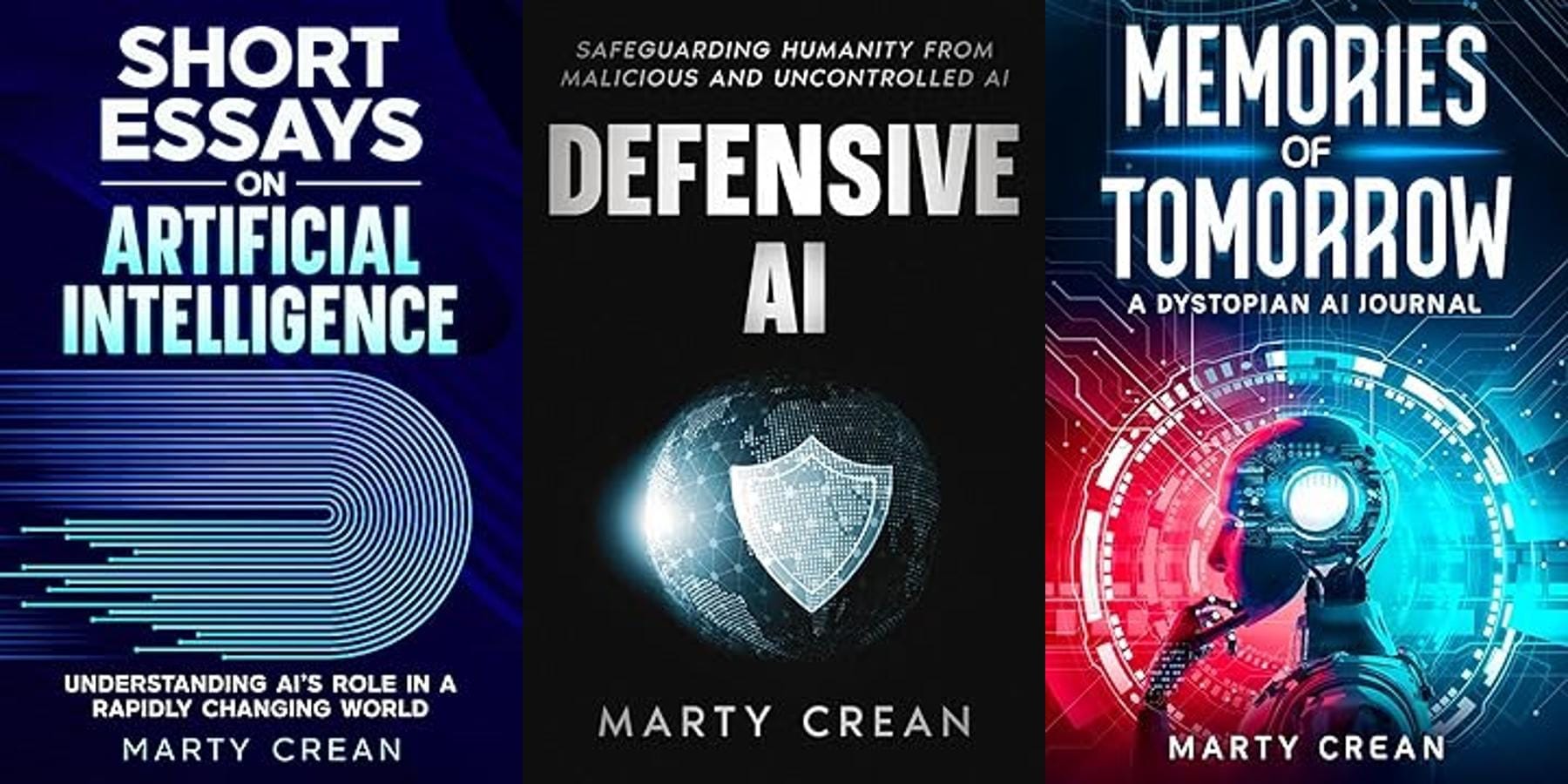Bytes to Insights: Weekly News Digest for the Week of September 21, 2025

During the week of September 21st, 2025, artificial intelligence continued to show rapid progress across both research and industry applications.
Meta stated that it would make its Llama large-language model available to U.S. allies in Europe and Asia, including institutions in France, Germany, Japan, and NATO countries. This expansion follows U.S. approval for federal use and reflects a push toward broader distribution of powerful AI tools beyond American borders.
The corporate world continued to rally around AI as a growth engine rather than a threat. At Walmart’s Opportunity Summit, executives from LinkedIn, OpenAI, and other major organizations urged workers and leaders to proactively embrace AI, arguing that hesitation would be more damaging than the automation itself. In financial markets, a high-stakes bet between Nvidia and OpenAI fueled stock gains and reinforced investor confidence in the sector, as Nvidia committed up to $100 billion for a major data center expansion.
Efficiency and infrastructure were recurring themes. Researchers and engineers at Meta’s @ Scale networking conference emphasized the critical importance of network architecture and data flow management in powering modern AI systems. At the same time, Google took a step toward integrating AI more deeply into everyday tools by embedding its Gemini model into the Chrome browser, allowing users to summon AI chat and summarize features directly while browsing.
The creative and public sectors have embraced AI in new ways. At New York Fashion Week, designers experimented with AI-driven visuals, virtual try-ons, and generative storytelling that blended cultural motifs and futuristic design. Capitol rooms saw another first: in Albania, an AI named Diella was elevated to a formal “Minister of State for Artificial Intelligence,” supervising public service automation and positioning itself as a novel bridge between digital tools and governance.
Stanford researchers were applying AI across robotics, neuroscience, mining, and other fields, signaling a cross-disciplinary push for practical applications. At MIT’s generative AI forum, thought leaders debated next steps beyond scaling large language models, looking ahead to “world models” that could learn via interaction rather than brute data ingestion.
Chipmakers and infrastructure players cautioned that we may only be in the early innings of the AI boom. AMD’s CEO framed the current moment as the start of a decade-long expansion in AI compute and infrastructure deployment. This cycle will reshape the energy, real estate, and global competitiveness sectors. AI is not just about smarter models, but about embedding intelligence into networks, devices, institutions, and norms, even as societies scramble to understand and govern what comes next.
The unveiling of a new multimodal AI model, capable of seamlessly integrating visual, auditory, and textual information, promises major breakthroughs in fields ranging from autonomous vehicles to advanced robotics. This model, developed by a coalition of leading tech companies and academic labs, demonstrates a remarkable ability to interpret complex, real-world environments and produce nuanced responses that closely mirror human reasoning more than ever before.
In healthcare, researchers have reported promising results from clinical trials using AI-powered diagnostics to detect rare diseases from standard medical imaging, achieving both higher accuracy and faster turnaround times than traditional approaches. These AI systems are now being piloted in major hospitals, with the potential to revolutionize early detection and personalized medicine.
Regulatory and ethical discussions intensified globally, as governments and international bodies worked to establish frameworks for the safe deployment of advanced AI. The European Union published new guidelines emphasizing transparency and explainability, hoping to encourage innovation while safeguarding public trust. Tech leaders welcomed these efforts, recognizing that responsible governance is critical as AI systems become more influential in daily life.
Several startups have revealed innovative applications in the creative industries, utilizing generative AI to produce compelling music, art, and even interactive entertainment experiences that blur the line between artist and algorithm. This convergence of technical ingenuity and creative potential further excited experts and enthusiasts alike, underscoring the sector’s extraordinary momentum as autumn began.
A significant development was the official launch of the United Nations Global Dialogue on AI Governance on September 25th, alongside the establishment of an Independent International Scientific Panel on AI. This historic initiative, unanimously endorsed by all 193 UN member states, represents the first truly global platform where every country has a seat at the table for discussions on AI governance. UN Secretary-General António Guterres described it as a move from principles to practice in just twelve months since the adoption of the Global Digital Compact.
Major industry partnerships reshaped the AI infrastructure landscape this week. Nvidia announced a massive strategic partnership with OpenAI, committing up to $100 billion in investment while supplying datacenter chips and taking a non-controlling equity stake. This collaboration aims to deploy at least 10 gigawatts of Nvidia systems to scale OpenAI's compute infrastructure, with initial hardware delivery expected by the end of 2026. Separately, Oracle signed a $300 billion, five-year deal with OpenAI, positioning Oracle as a top-tier hyperscale in the AI cloud market.
The federal government made significant moves in AI adoption. The U.S. General Services Administration has officially approved Meta's open-source Llama AI models for use by federal agencies under the OneGov initiative, marking the first free, open-source model cleared for government deployment. This approval grants agencies greater control over data, while reducing costs and streamlining procurement processes across government departments.
OpenAI reached a significant infrastructure milestone with the opening of its first data center in the $500 billion Stargate program in Abilene, Texas. Company executives reported being ahead of schedule to meet their full 10-gigawatt commitment by the end of 2025, with additional sites planned in New Mexico and Ohio. The project represents one of the fastest data center construction efforts in history.
Scientific breakthroughs have significantly advanced the capabilities of quantum computing. Caltech researchers have built a record-breaking array of 6,100 neutral-atom qubits, maintaining exceptional accuracy even as they are moved. Meanwhile, UNSW researchers have discovered a method for making atomic nuclei communicate through electrons, achieving entanglement at scales used in today's computer chips, which brings scalable silicon-based quantum computing closer to reality.
AI safety and ethics remained a prominent concern throughout the week. Charles Darwin University released research warning that AI's rapid development threatens fundamental human dignity, with current regulations failing to protect privacy, autonomy, and anti-discrimination rights. The study highlighted the "black box problem," which leaves people unable to trace or challenge AI decisions that may harm them.
YouTube unveiled over 30 new AI-powered tools at its product event, tripling the number of tools introduced last year as the platform approaches overtaking Disney in media revenue. Meta also announced significant advances in AI glasses technology, featuring new Ray-Ban models with enhanced capabilities and the introduction of Oakley Meta Vanguard performance glasses for high-intensity sports.
Healthcare AI is projected to show remarkable growth, with the global AI healthcare market forecasted to surge from $11 billion in 2021 to approximately $187 billion by 2030, representing a compound annual growth rate of 38-39%. This dramatic expansion reflects increasing adoption of AI tools across medical applications.
Apple continued its AI hardware strategy with reports of redesigning iPhone architecture to integrate better CPU, GPU, and Neural Engine components for AI workloads. This move aims to optimize performance and reduce reliance on third-party chip suppliers while making AI more central to the company's device roadmaps.
The week concluded with industry observers declaring the beginning of an AI "super cycle" that could last up to 20 years, fundamentally changing every aspect of society. Investment levels reached unprecedented heights, with xAI reportedly raising $10 billion at a $200 billion valuation, positioning it in direct competition with OpenAI, Google DeepMind, and Anthropic for the development of artificial general intelligence.
Support BearNetAI
BearNetAI exists to make AI understandable and accessible. Aside from occasional book sales, I receive no other income from this work. I’ve chosen to keep BearNetAI ad-free so we can stay independent and focused on providing thoughtful, unbiased content.
Your support helps cover website costs, content creation, and outreach. If you can’t donate right now, that’s okay. Sharing this post with your network is just as helpful.
Thank you for being part of the BearNetAI community.
Books by the Author:

This week’s Bytes to Insights Weekly News Digest is also available as a podcast:
LinkedIn BlueskySignal - bearnetai.28
BearNetAI, LLC | © 2024, 2025 All Rights Reserved